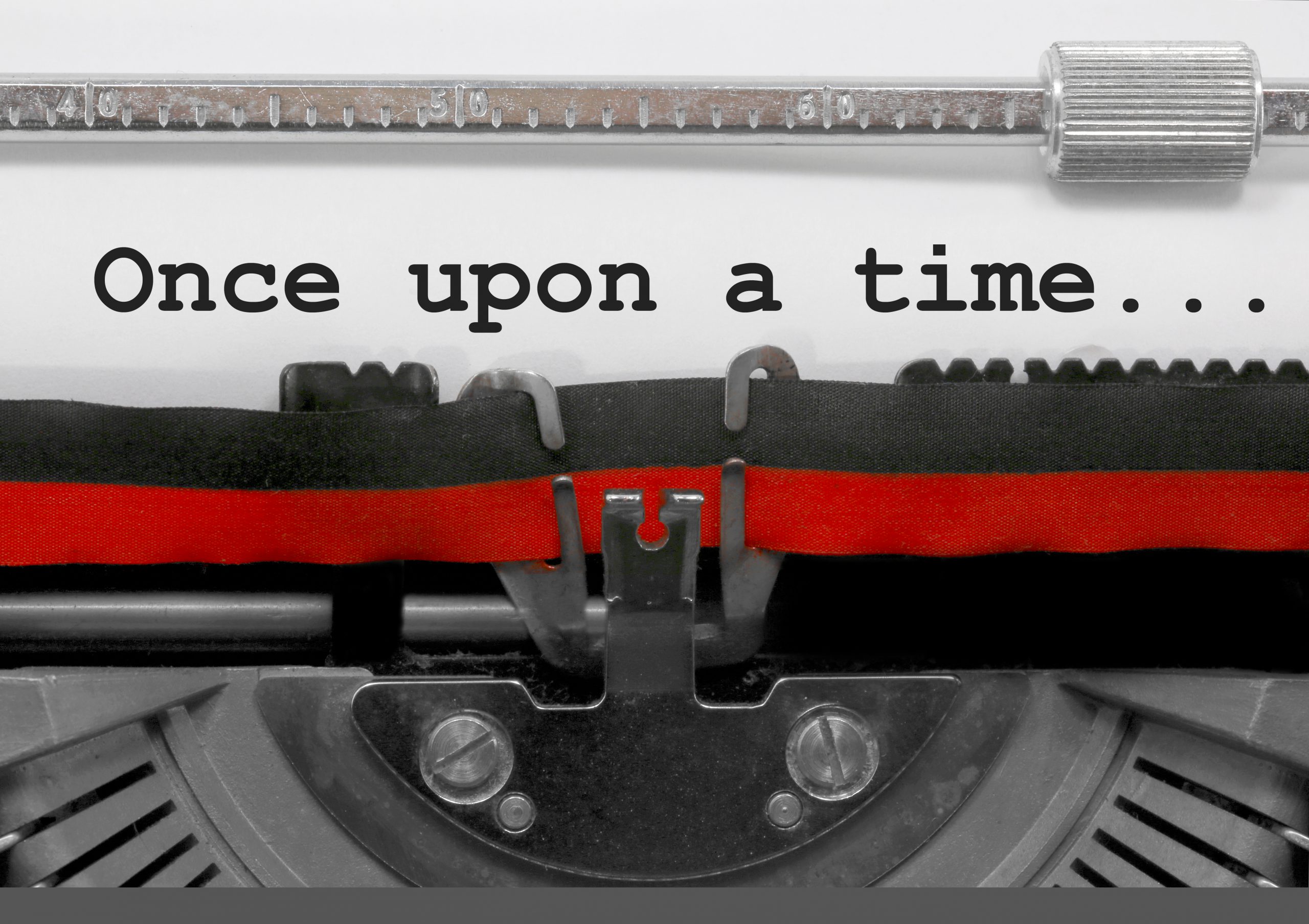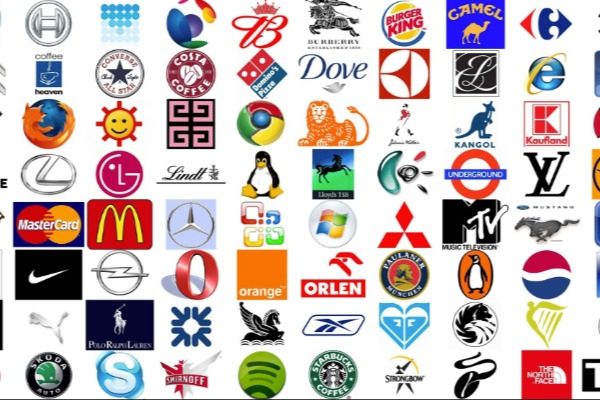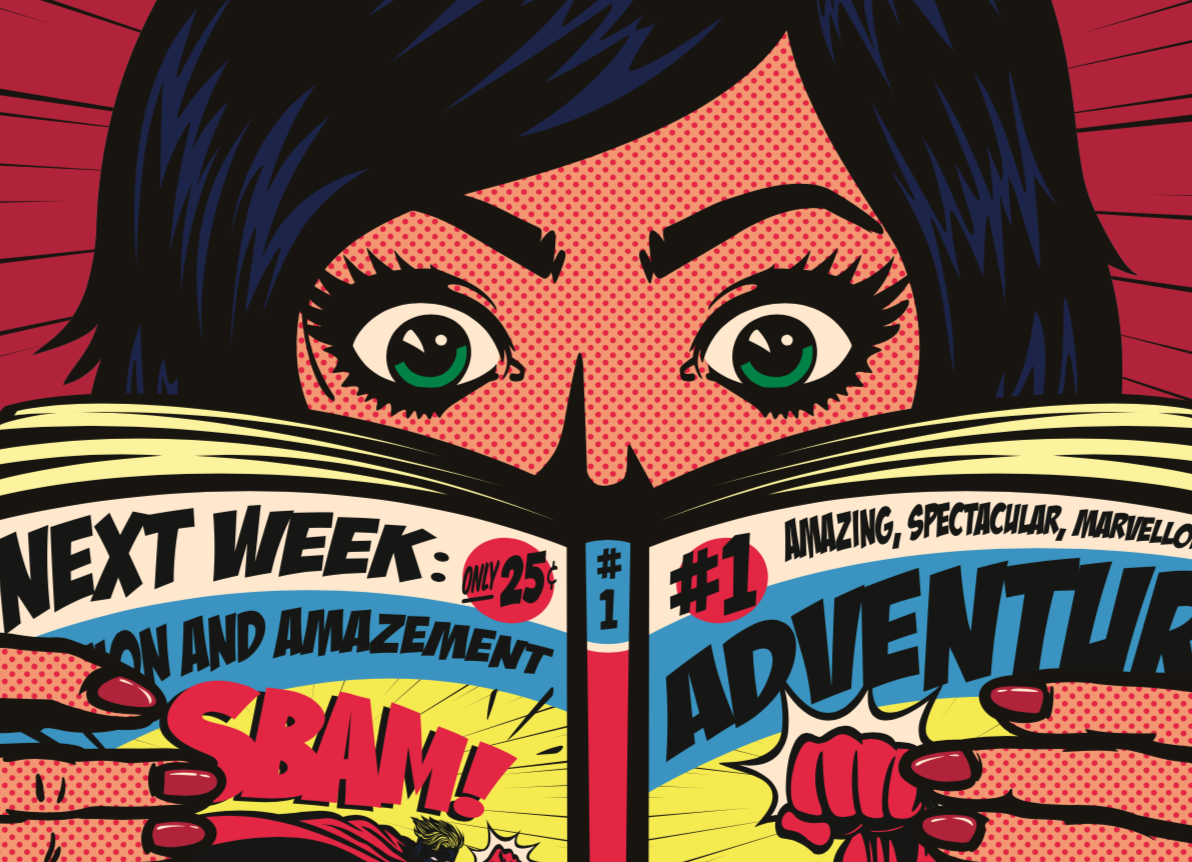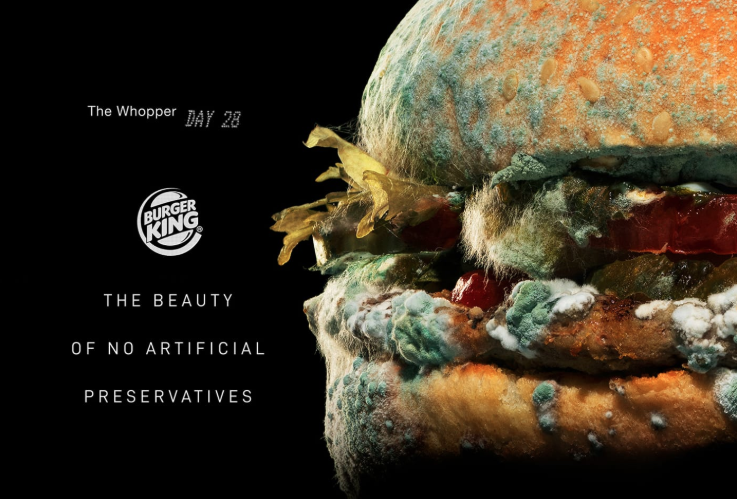How to Write A Powerful Brand Story
“Why do I need a brand story? Can’t I just talk about my company?” I work often with tech and B2B leaders and hear this from time to time. Given that many of my clients are analytical and logic-oriented thinkers, I get that the concept of a “brand story” seems squishy. Unnecessary. They much prefer to lean into facts and numbers as opposed to storytelling.
But as I counsel them, a brand story is far more effective than numbers and charts. Done right, a brand story will cause your audience to remember you, develop empathy for you, and ultimately care about you.
What’s A Brand Story, Anyway?
A brand story is a communications mechanism that conveys the crux of your brand strategy in a compelling way. It’s a byproduct of your brand strategy, which zeroes in on and defines your company’s inception, what you do and for whom, your mission today and vision for the future. Your brand story is all these elements, but told in a narrative that’s easy to understand and draws people in.
Neuroscience proves that storytelling is best way to capture people’s attention, bake information into their memories, and forge personal bonds, so brand strategists use a brand story to crystallize your messaging for the people who matter most to you. A brand story has all the essential elements of a traditional story: a protagonist (your customer) who struggles to overcome a challenge (problem) that your product / service solves (solution) so they can go on to do great things (resolution).
At this point you might be thinking: Wait.
Did she write that correctly? My brand story and I’m not the protagonist?
Hot Tip: It’s Not About You
Your brand story is about your company and your journey but it’s not actually about you.
It’s understandable that, in developing your brand strategy, you want to convey what your business is all about. But hold that for a minute because your brand story is actually about your customers. It’s about their journey and struggle, and how your products and services help them meet their goals. It’s for business prospects, partners and future employees. And if your brand story is compelling, your audience will not only remember you, but will like you and develop a preference for you, and ultimately be persuaded by you.
Let’s Get Started On Your Narrative
So perhaps you’re considering writing your brand story and using it to effectively tell your company’s story. What are the elements you should work in? You’ll want to use the basic elements of storytelling: context, protagonist, conflict, resolution, denouement.
Context – the environment in which your business operates. What trends are happening in your sector that you need to be aware of? What competitors are emerging or growing? How are they communicating, what are they saying, how are they capturing attention? Also think about your customers: what trends are they facing that are impacting them? What’s happening culturally that is relevant to your business? Answering these questions help build the context for your story to take hold.
Protagonist – let’s shift the focus to your customer. What do they need or want? And what does success look like for them, and what is standing in the way of them achieving it? What will happen if they don’t achieve success? Why have they turned to your company – what do you offer them that they need in order to achieve their wants?
You’ll want to go deeper into these questions and get at the customer mindset to address that mindset in your brand communications. What do they believe about your category? What beliefs do they hold about themselves in relation to your category? How do they approach your category: with joy or hesitation? Why do they hesitate (if they do)? What are they currently using (competitor or substitute offering) if they aren’t using your product? Why is this attractive for them?
In designing your Protagonist section, you will want to be able to frame their mindset, articulate why they turn to you, what they deeply value that you offer. These are important feeds for the next section.
Conflict is Crucial to Your Brand Story
I always tell clients, “there is no story without conflict.” It’s crucial to every story, and especially to understanding what your clients value about your offering. You’ll want to examine what truly vexes your customer. Where is there palpable tension in their journey to reach success? What do they struggle with?
Many times, the Context section of your brand story can provide insights into the Conflict – it could be a cultural trend shaping the industry, or a challenge they are grappling with as a result of new market trends. Or it becomes apparent when exploring the protagonist and understanding their mindset, or their hesitation towards the category.
It’s important to highlight the conflict in your brand story, so your brand can address how it tackles this tension for the protagonist, and how it helps your protagonist win.
Some examples:
- A timely example for Tax Season: TurboTax’s campaign “All People Are Tax People” focuses on the conflict that ordinary people face in doing their taxes. It seems ordinary people are able to achieve all manner of great things in their lives, but these same people suddenly feel hopelessly confused and incompetent when it comes to doing taxes. As a result, they hesitate and avoid doing their taxes, or overpay someone to do their taxes for them. The conflict in this story is feeling incompetent. The fix is that TurboTax software overcomes that.
- A client we recently worked with is in the criminal justice research space. In writing their brand story, we realized the context of their story – the increasing polarization of America and the politicization of our judicial system – was central to how their products and offerings would be received by their target audience. The problem is polarization and politicization. The fix is unbiased, nonpartisan and high caliber criminal justice research.
- Hello Fresh!, a food service and delivery company, realized its target customer desperately wants to cook but lacks the time for grocery shopping, prep work (like chopping), or creativity in coming up with new meal ideas. The conflict is prep time, shopping time, and research (coming up with creative meal ideas). The fix is to provide everything needed except the cooking so their customers can feel like a creative chef at home.
Resolution: The Focus Shifts to Your Role
Once the Context, Protagonist and Conflict have been mapped out, your story shifts to focus on how your brand addresses these issues. In the resolution section, the basic brand aspects are addressed, such as:
- brand features and attributes (what your offering delivers);
- functional benefits (what your customers get when they partner with you);
- emotional benefits (what they feel as a result of working with you);
- your key differentiator – that which sets you apart from the competition that your customers deeply value that few can emulate;
- your values – what behavior informs you and your team and allows you to live into your brand promise;
- what you promise your customers with every interaction;
- proof points – important reasons for your customers to believe in your brand promise and trust your brand;
- your brand mission and your brand vision;
- your brand archetype (for more on this, you can read this post), and
- the Big Idea behind your brand – what you ultimately stand for.
How Your Brand Story Comes Together
The Denouement section pulls it all together. It shows how the resolution section is conveyed in your tagline, your brand colors, font selection and logo design. It showcases how your brand attributes and differentiator comes together on your website with suggested copy that explains how you do what you do better than anyone else (and why it matters to your target). There might be a particular methodology to help explain your approach in a way that highlights how your approach is unique. Or there might be a creative mechanism to better bring your brand archetype and brand personality to life.
The idea in the denouement section is to show you how your brand articulation – the resolution section of your story – addresses the protagonist’s struggle and the conflict they are wrestling with, and demonstrates how to “solve” that conflict in various communications touch points.
If you’re designing your own brand story, you can definitely do a lot of this heavy lifting on your own! This article might be helpful in getting at your protagonist’s mindset. And this article might be helpful in understanding the nuances of functional versus emotional benefits. This article might also be helpful in articulating your proof points – what they are, and why you need them spelled out succinctly.
Finally, if you’re stuck and need help, or want to bypass the DIY and hire a bonafide professional strategist, we’re here to help. We’ve got over two decades of branding experience helping make brands magnetic to success. We can do that for your company, as well.
Magnetic Brand Strategy is located in Northern Virginia and serves a global market seeking a methodical approach to branding. Learn more about us.











